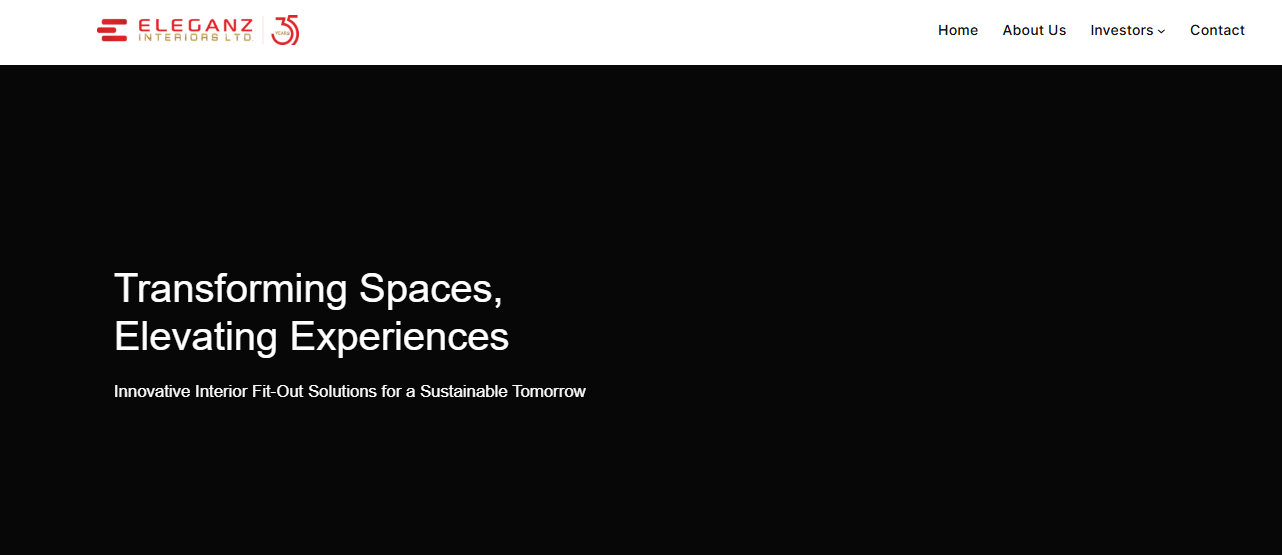Introduction

Why is Maternity insurance importance to working women?
One of the most valuable aspects of maternity insurance for working women is its alignment with workplace benefits. Many employers offer group health insurance plans that include maternity benefits, reducing the financial burden further. However, for women who are self-employed or not covered by employer-provided insurance, standalone maternity policies are an excellent alternative.
Features of Maternity insurance plans:
Waiting Period
Most maternity insurance policies come with a waiting period of 9 months to 2 years before you can claim maternity benefits. It’s crucial to plan ahead and purchase your maternity coverage well in advance, ideally before trying to conceive. This ensures that your waiting period expires by the time you are expecting, allowing you to benefit from the coverage when needed.
Pre-existing Conditions
Many maternity insurance policies offer coverage for pre-existing conditions, such as hypertension or diabetes, but only after a specified waiting period. This waiting period, often defined in the policy, ensures that existing conditions are managed before the policy starts covering maternity-related claims. Pre-existing condition coverage is essential for women with underlying health issues.
Age Limit
Most maternity insurance plans have an entry age limit of up to 45 years, depending on the insurer and specific plan. This ensures that the policyholder is within an age bracket deemed suitable for pregnancy and childbirth-related coverage. However, some specialized plans, like the Care Joy Today maternity insurance plan, provide extended coverage, allowing entry up to 65 years. This feature is beneficial for women planning late pregnancies, as it expands accessibility to maternity benefits for older women.
Flexibility in Policy Renewal
Some policies offer flexible renewability options, meaning the policy can be renewed annually without the need for a medical examination, even after multiple pregnancies. This ensures continuous coverage for future pregnancies.
Delivery Charges for Multiple Births
Some plans may offer higher coverage limits for multiple births to accommodate the extra expenses. Coverage may include additional consultations, specialized prenatal care, and treatments for high-risk pregnancies involving multiple births.
How does Maternity insurance reduces financial burden to working women?
Maternity insurance is essential for safeguarding the financial interests of working women by covering various pregnancy and childbirth-related expenses. It reduces the financial burden in several ways:
- Medical Expense Coverage: Maternity insurance covers costs for prenatal, delivery, and postnatal care, including doctor visits, hospital stays, and medical tests, easing the financial load.
- Income Replacement: Cash benefits help offset the loss of income during maternity leave, ensuring financial stability.
- Post-natal Care: It also covers baby care, vaccinations, and follow-up treatments, reducing out-of-pocket expenses.
- Hospitalization Costs: If complications arise, maternity insurance covers hospitalization, surgeries, and related treatments.
- Peace of Mind: Financial protection allows women to focus on health and recovery without stress over medical bills.
Conclusion:





